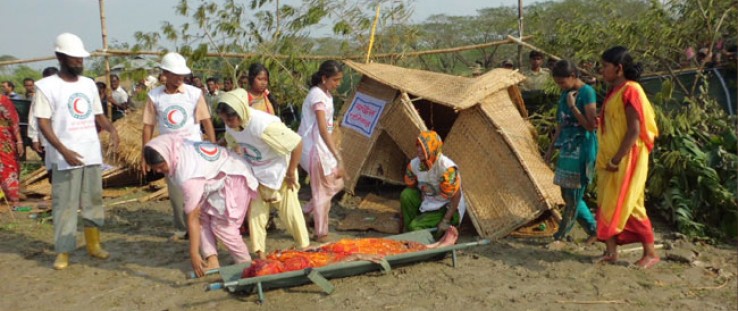 At a USAID-supported cyclone simulation, CPP volunteers practice search and rescue.
Save The Children/USAID
At a USAID-supported cyclone simulation, CPP volunteers practice search and rescue.
Save The Children/USAID
 At a USAID-supported cyclone simulation, CPP volunteers practice search and rescue.
Save The Children/USAID
At a USAID-supported cyclone simulation, CPP volunteers practice search and rescue.
Save The Children/USAID
In 1991, a lethal cyclone hit Bangladesh with a storm surge of 20 feet. At least 138,000 perished on the southeastern coastline.
“I remember we were told to hang onto hay stacks to save our lives and not drown. I had no idea what to do. And I remember so many people died because they were not prepared,” said Abola Sarker, describing how she and her family prepared for the storm 21 years ago.
Sarker is a mother of five and a grandmother of two, and has lived in the vulnerable southern coast of Bangladesh her whole life. Following that horrific storm, Sarker began training as a Cyclone Preparedness Program (CPP) volunteer.
When Cyclone Sidr struck in 2007, with sustained winds of 160 mph, CPP volunteers trained by USAID knew exactly what to do. After they heard the initial warning for the cyclone, volunteers used megaphones to alert nearby families to the storm’s approach. Then they told villagers how to protect themselves and their assets by burying dry goods and wearing appropriate clothing—such as pants instead of long dresses—to prevent injury in the high winds.
As the storm got closer, Sarker led community members to shelters. She carried a paralyzed woman on her back to safety, as embankments held back storm surges as high as 10 feet. A total of 2 million people evacuated to emergency shelters before the cyclone made landfall.
Although Sidr was one of the strongest cyclones on record, causing an estimated $1.7 billion in damages, the death toll—at 3,347—was a stark contrast to the earlier storm. The relatively low number of deaths can be attributed in no small measure to the work of USAID programs that have helped coastal communities better prepare for and respond to storms—work that continues to this day.
Second Chances
When the 1991 cyclone struck, many had just a few hours of warning and did not know where to go for shelter. The consequences of their confusion were calamitous.
The storm proffered significant lessons in disaster preparedness—shelters must be built, warnings must be accurate, and communities must be ready to effectively act when they first hear the warnings. With these lessons in mind, starting in 2004, USAID and the U.S. Department of Defense began implementing a series of projects aimed to make the most vulnerable Bangladeshis more resilient. Included in the effort was helping Bangladeshis construct and maintain multi-purpose shelters, wave protection walls and earthen embankments to reduce flood damage. Before Cycline Sidr made landfall in 2007, the Agency had built 4,000 protective structures.
USAID also reactivated dozens of local disaster management committees to oversee the emergency response. In the two years prior to Cyclone Sidr, the Agency trained over 15,000 citizens, policymakers and volunteers in disaster preparedness—including first aid, search-and-rescue and emergency response.
Beginning in 2005, the Agency focused its interventions in the most hard-to-reach communities of Bangladesh—communities often neglected by the government. Before Cyclone Sidr struck, assistance also allowed for recruitment and training of over 500 volunteers—women like Abola Sarker—responsible for disseminating cyclone warnings and information in their villages.
“At the time of Cyclone Sidr, I really felt communities were better prepared than with previous disasters,” said Matt Nims, deputy director of USAID’s Office of Food for Peace, who had been working on food security at USAID/Bangladesh when the cyclone struck. “And the Government of Bangladesh stepped up with its own efforts to help its citizens—it was a significant shift, given the number of disasters that typically affect the country.”
“In recent years, improved early warning and response systems, supported by USAID, have significantly lessened the loss of life during times of disaster,” said Denise Rollins, who was USAID/Bangladesh’s mission director at the time of the 2007 storm.
Before Sidr, Bangladesh had also ratcheted up its own disaster preparedness. USAID’s Shahnaz Zakaria, the senior food and disaster management specialist at the mission, said: “I have witnessed a paradigm shift in Bangladesh from relief to resilience. At the time of the 1991 cyclone, there were 20,000 disaster response volunteers, and prior to Cyclone Sidr’s landfall, their ranks had doubled to more than 43,000.”
Preparing for the Future
In the past half-decade, USAID has refocused and expanded its work in disaster preparedness, including training an average of 11,000 Bangladeshis per year.
“When USAID training extended to my hard-to-reach community, we were even more prepared for the next cyclone when it hit,” said Sarker. “Nineteen people died in Cyclone Sidr, but no one died in the following Cyclone Aila,” in 2009.
She emphasized the importance of cyclone simulations, which involve fire hoses, sirens, CPP volunteers and community actors. These events are attended by most of the community, and “the simulations help people to get a real-life sense of what happens during disasters and what needs to be done in order to save lives and assets,” she said.
USAID has also launched a flood forecasting model that generates warnings 10 days in advance of floods, rather than the previous three-day warnings. According to a World Bank report, every dollar invested in early-warning systems is expected to yield over $40 in protected assets and income over a decade.
By 2015, USAID, in partnership with the U.S. Army Corps of Engineers, will build 100 new multipurpose cyclone shelters that will provide a safe haven for up to 180,000 Bangladeshis, and the Defense Department is constructing16 more along with 30 coastal crisis management centers for the Bangladesh Coast Guard and other first responders to undertake relief efforts.
Since gaining independence in 1971, Bangladesh has been hit by over 40 catastrophic disasters, leading to estimated death tolls of more than 700,000. But now one of Asia’s most populous and disaster-prone countries is beefing up its defenses against natural shocks.
Preparedness Times Three
An independent evaluation determined that, before USAID’s disaster preparedness interventions in Bangladesh, only a third of the targeted population had received any type of cyclone warning. But as Cyclone Sidr approached, over 90 percent received the warning and more people had time to save their assets and their lives. More community members not only heard the message, but they heard an accurate message and action steps from USAID-trained volunteers.
Disaster Central
According to Maplecroft, a risk advisory firm, Bangladesh is the most disaster-prone country in the world. The analysis states that, along with Bangladesh, the world's key growth economies are among those most exposed to natural hazards. USAID has partnered with various Asian countries to make them more resilient to natural shocks.







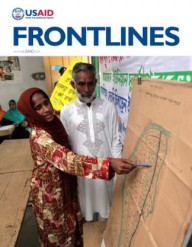

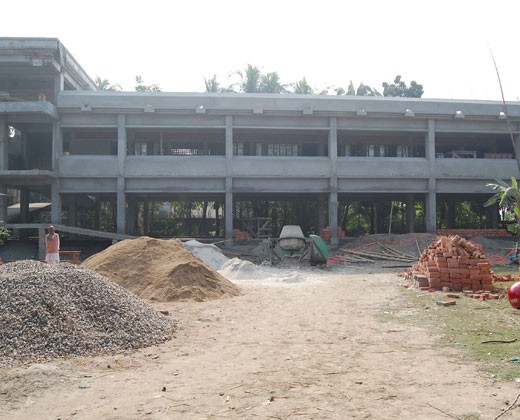
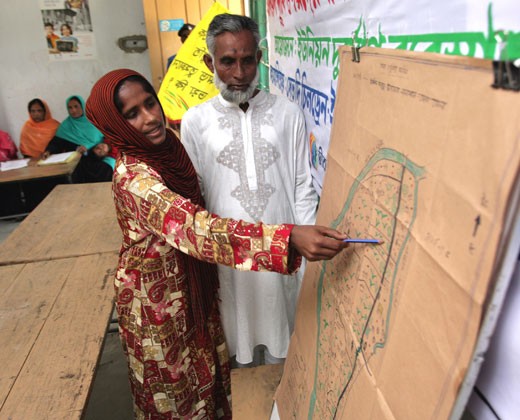
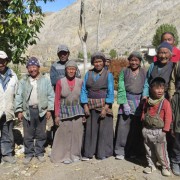
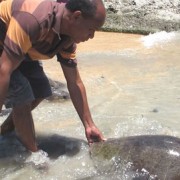
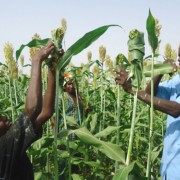
Comment
Make a general inquiry or suggest an improvement.